Writing Ambivalence
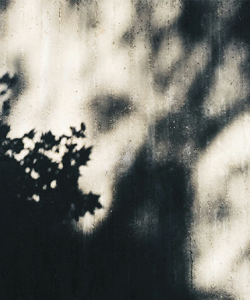
The author of no swaddle (University of Iowa Press, 2025) reflects on approaching uncertainty on the page.
Jump to navigation Skip to content

The author of no swaddle (University of Iowa Press, 2025) reflects on approaching uncertainty on the page.
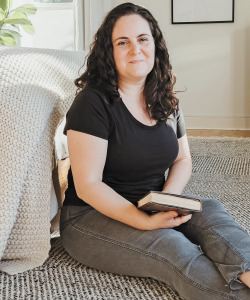
Writing a book is a daunting challenge—but the texts we know and love can help. A nonfiction writer describes how a methodically organized spreadsheet of favorite quotes aided her journey from proposal to finished memoir.
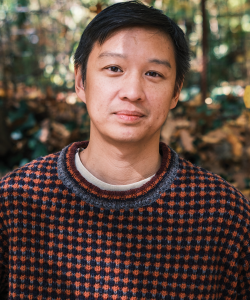
A former magazine editor shares how his experience satisfying and subverting audience assumptions during his tenure at GQ helped him better consider reader expectations throughout the novel-writing process.

When your work is being judged with all identifying information removed, an artist statement enables you to share who you are as a writer, your motivation, and your influences—creating a map from your now to a dreamed-of future.
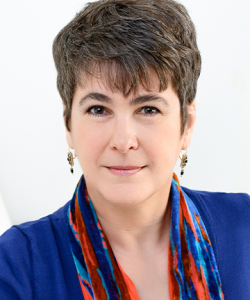
“This isn’t writer-stuff, it’s life-stuff that bears on the poems.” —Lesley Wheeler, author of Mycocosmic

After years spent on frustrating, time-consuming drafts, creating visual models helped one writer to assess the current state of a manuscript, estimate a completion date, and build confidence.

The author of The Boundaries of Their Dwelling argues that writers should be as open to influence during revision as they are at the beginning of a project.
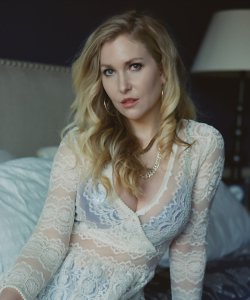
“It’s up to you to advocate for your books.” —Allie Rowbottom, author of Aesthetica
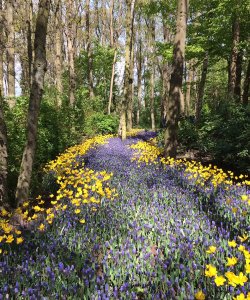
The author of The Boundaries of Their Dwelling counts the many ways a novelist may get lost, but ultimately find a way through, a book project.

“I’d tell my past self to trust my work.” —Aldo Amparán, author of Brother Sleep